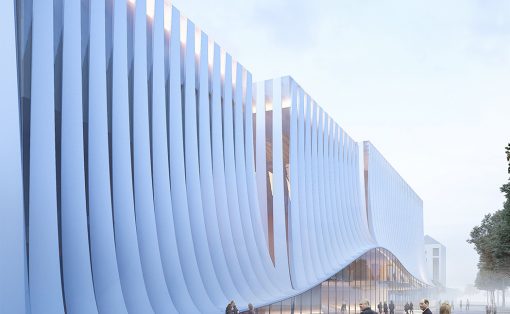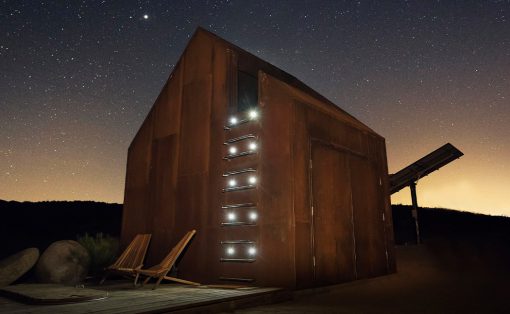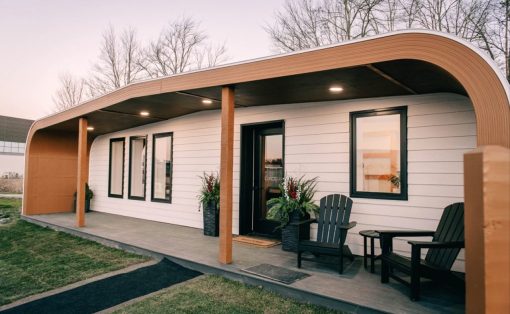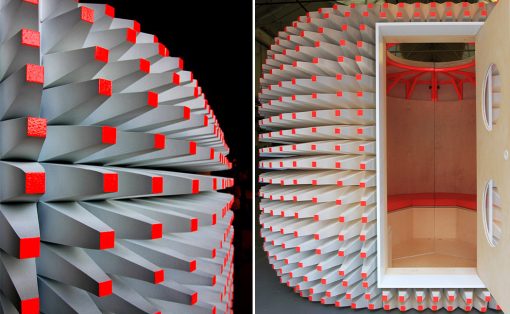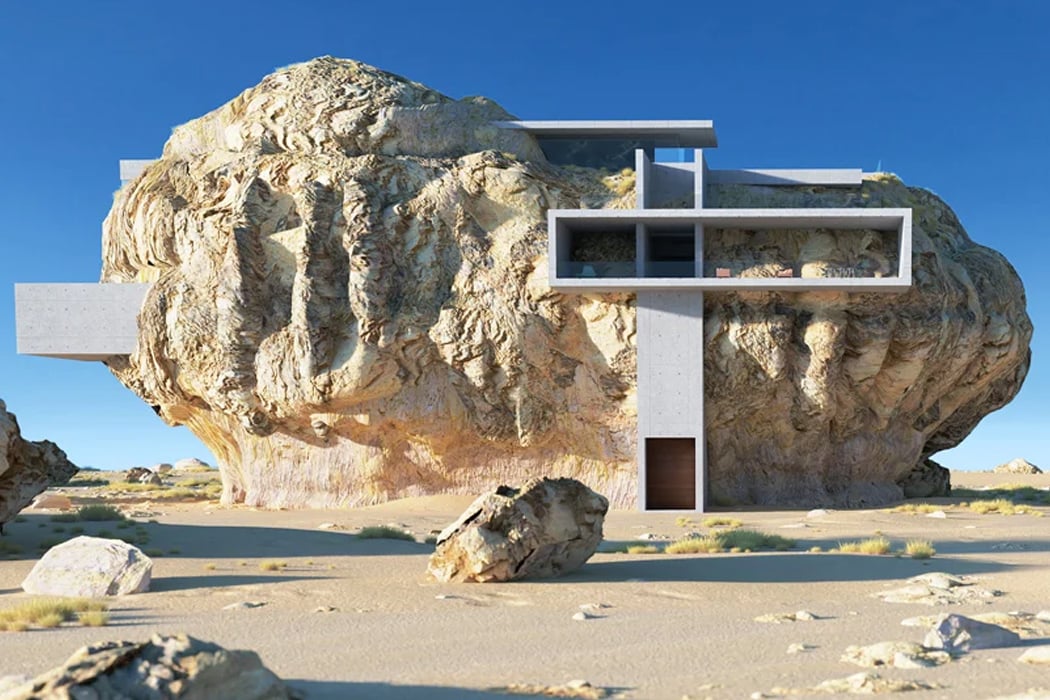
Concrete architectural designs have a unique appeal to them. They are raw, real, and unfiltered. In a world where glass structures and skyscrapers dominate the skylines, rugged and minimal concrete structures are in a league of their own. They immediately catch your eye, slowly inviting you in with their rustic aura. And, let’s not forget that concrete was a common choice for building materials in the past, concrete structures were seen all over, and though they may be a rare sight nowadays, they are slowly gaining popularity. I do believe there will be a time when this rugged and rocky material makes a complete comeback, and concrete architecture becomes a norm, not a special sighting.
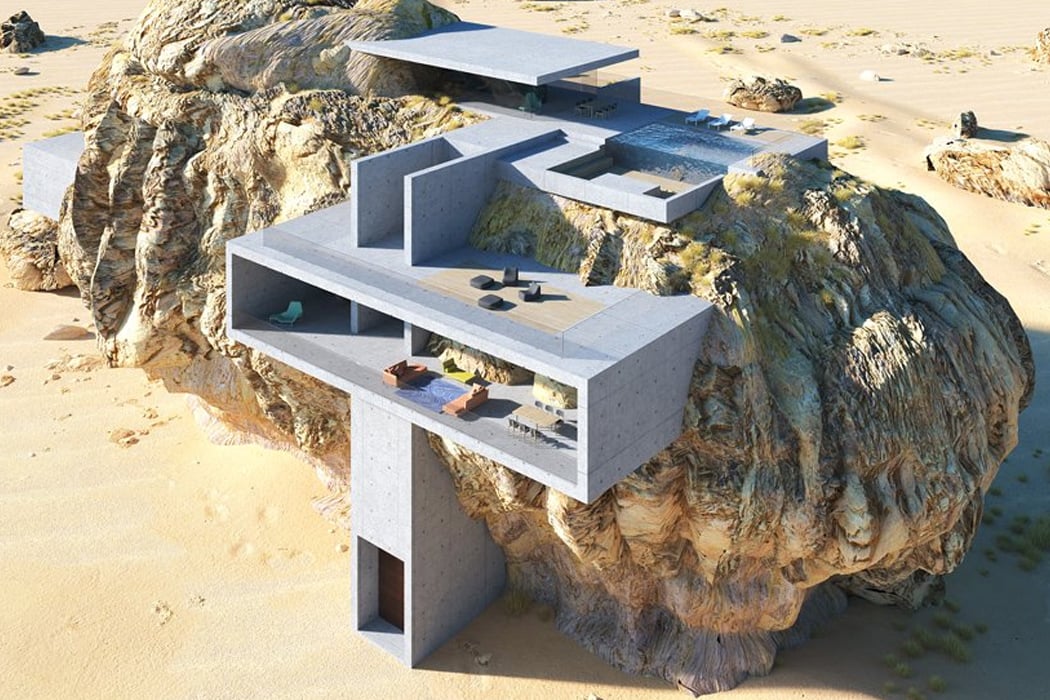
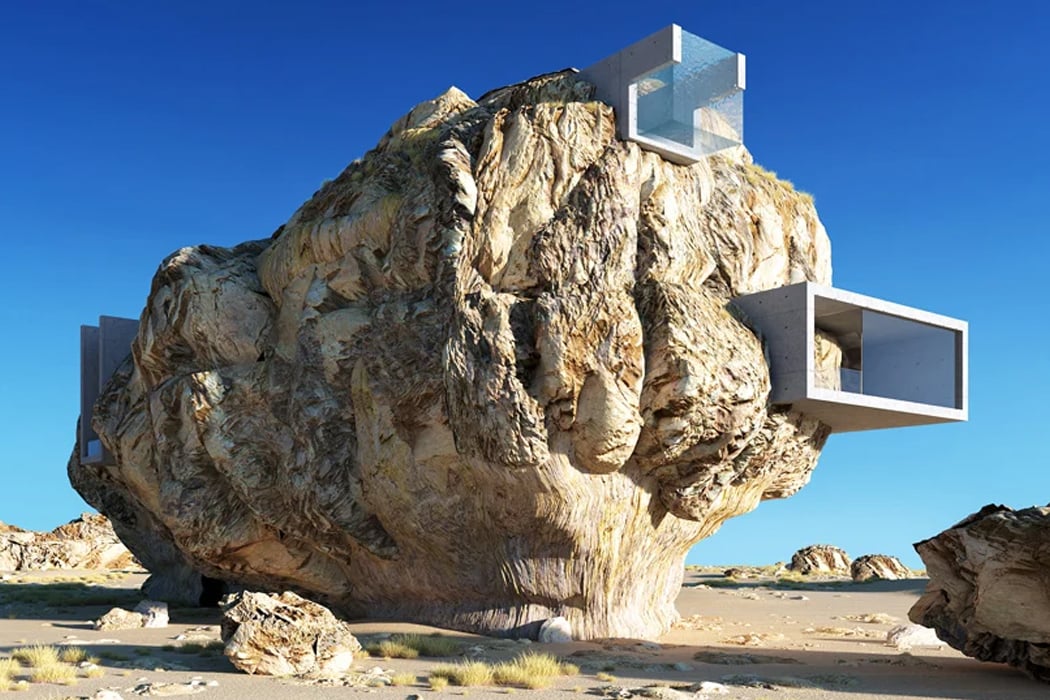
Almost surreal in appearance, the ‘House Inside a Rock’ by Amey Kandalgaonkar creates a contrast – using a natural stone shape carved from years of battling with nature and a concrete and glass interior to carve out the living space. Taking influence from the rock-cut tomb architecture of Saudi Arabia’s Madain Saleh, this ancient archaeological site is the perfect mix of the old and the new. The designer of the concept says, “When I first saw the images of rock cut-tomb architecture, I knew I had to use it as an inspiration in an architectural project. There is a huge amount of architectural heritage laid out for us by past builders and I believe they did a great job of integrating built environments in natural elements.”
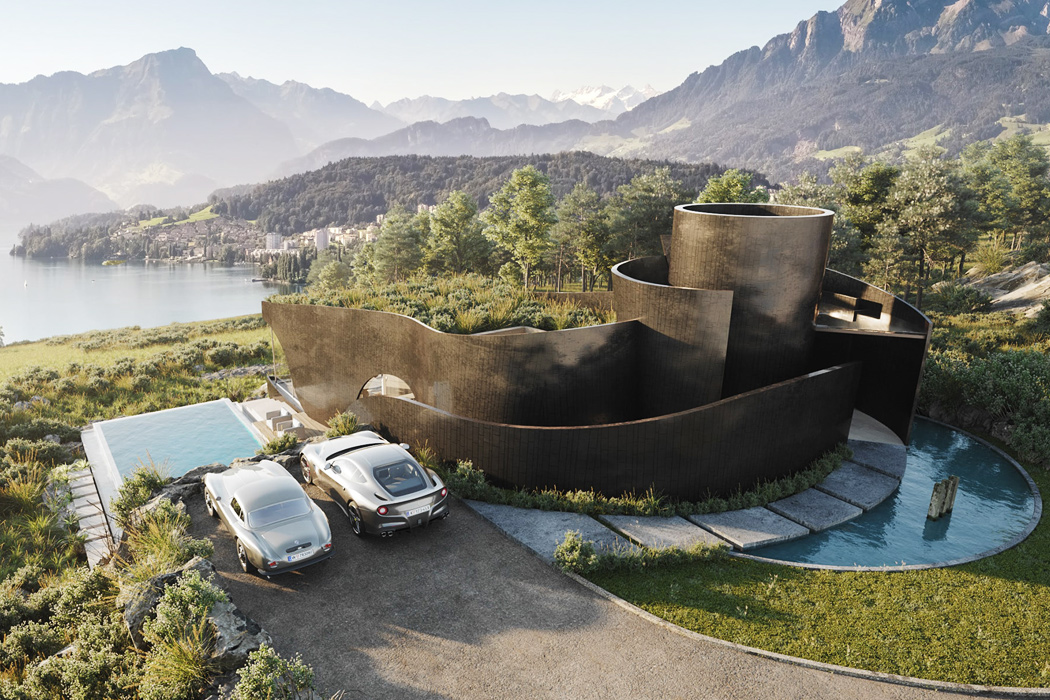
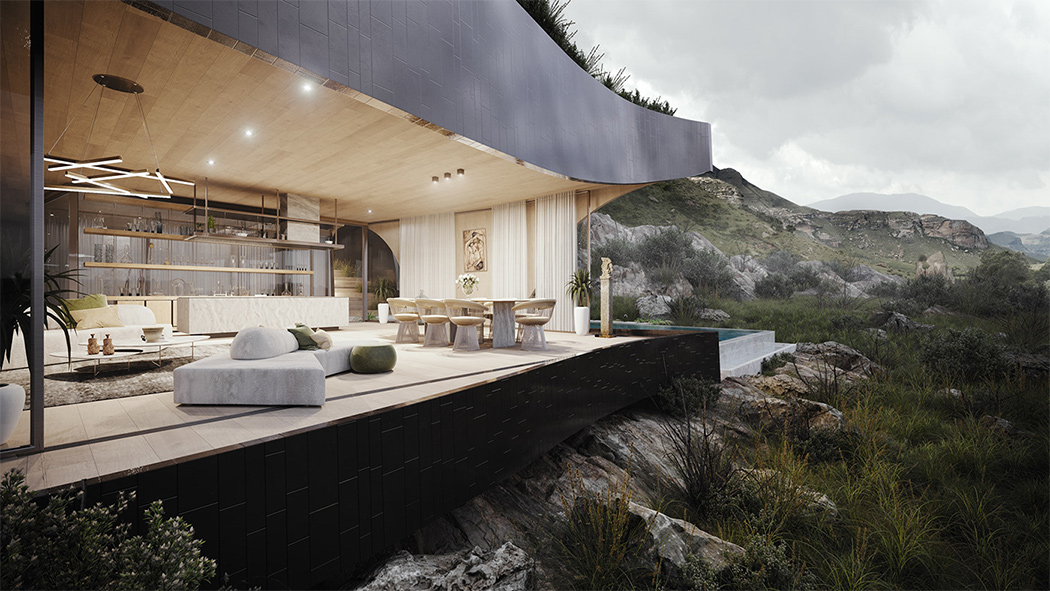
The conceptual DESI House is imagined to be set in the serene Austrian Alps with expansive windows that truly add another dimension to the panoramic views. What stands out is the shape of its exterior, it looks like someone rolled a sheet of concrete around a pencil for a crafts class! There seems to be a main tall cylindrical structure with a shorter one enveloping it and “rays” moving from there in different directions that probably divide the mansion into different wings. The detailed 3D renderings show the luxurious features of the house like the infinity lap pool with a jacuzzi and a local vegetation garden that makes the roof come alive – literally. Even the sweeping windows arent in any primary shape form, they look like someone erased the concrete with strokes of a brush to reveal the Alps. The concrete is paired well with the wooden interior which is, of course, subject to change based on the imaginary residents of this house.
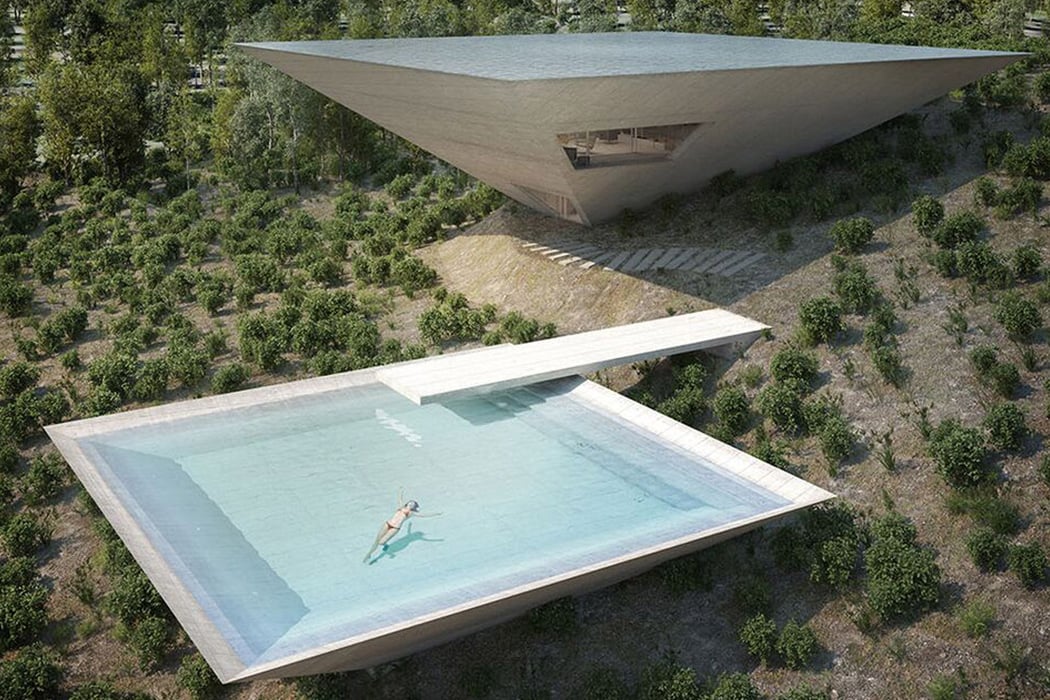
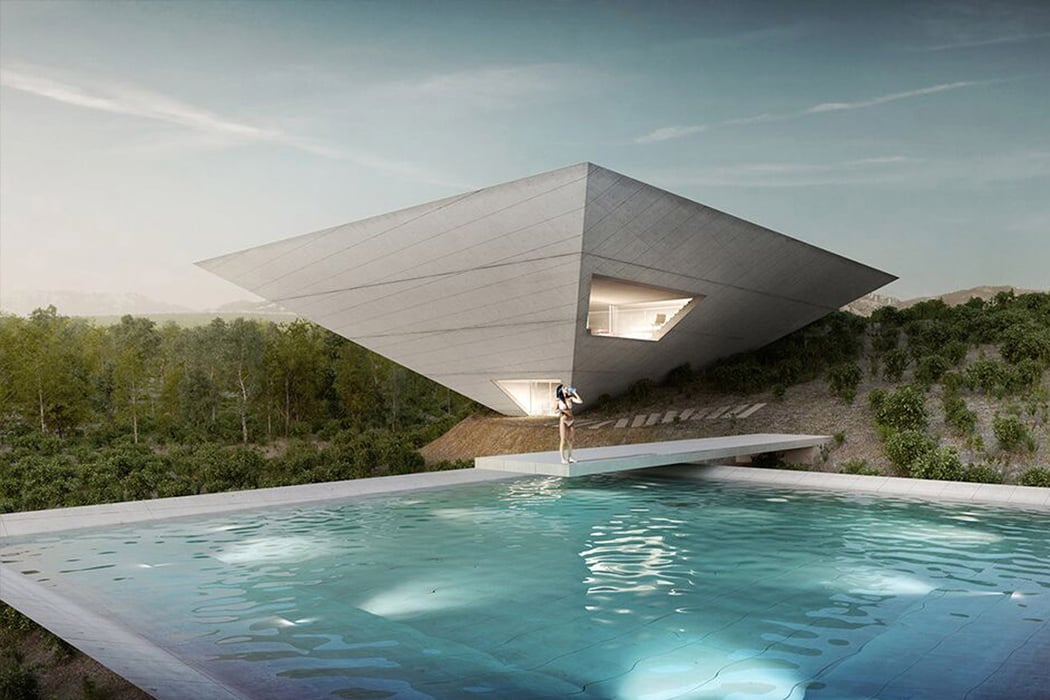
Takei Nabeshima Architects uses concrete as its material of choice for this rendering of an extremely luxurious and futuristic holiday home. A part of the series titled Solo Houses, the Tokyo-based practice, led by Makoto Takei and Chie Nabeshima, is one of the 15 firms commissioned by Bourdais to create an ultimate holiday home, which will eventually be built in Spain’s mountainous Matarraña region as part of his Solo Houses project.

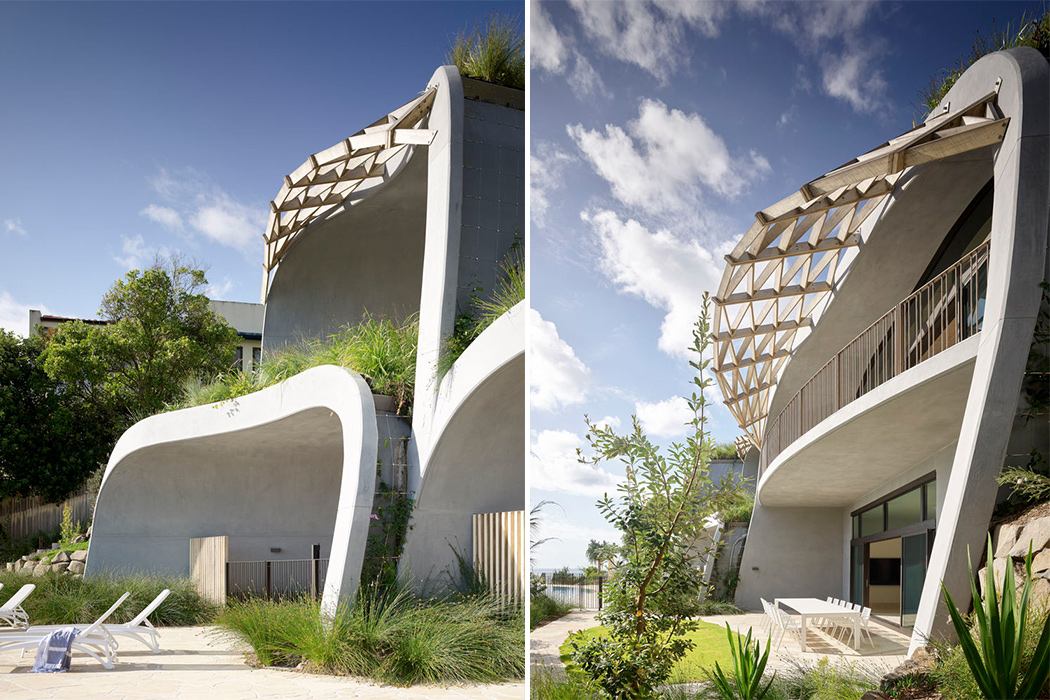
Designed for a client who wanted a timeless and practical holiday home, I imagine he is truly enjoying his quarantine overlooking the Pacific Ocean because that is where I would be living out the pandemic if I had the option. The Domik House is an eco-home with 3 floors, 6 bedrooms, 9 bathrooms, and is one of Australia’s most expensive homes. The exterior is anything but that of a conventional house – it has several large domes stacked upon each other and covered with green roofs to blend in with nature. The unusual shape and use of natural materials truly optimize the natural sunlight and ventilation that Domik gets due to its premium location. It almost looks like the house is wearing a hooded cloak of eco-consciousness.
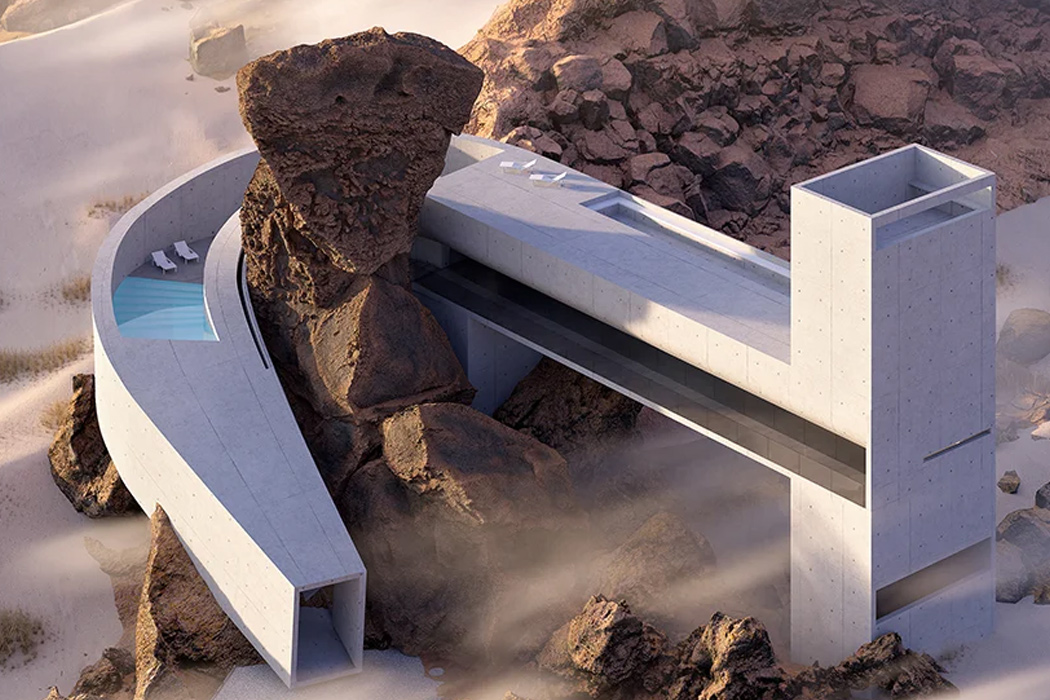
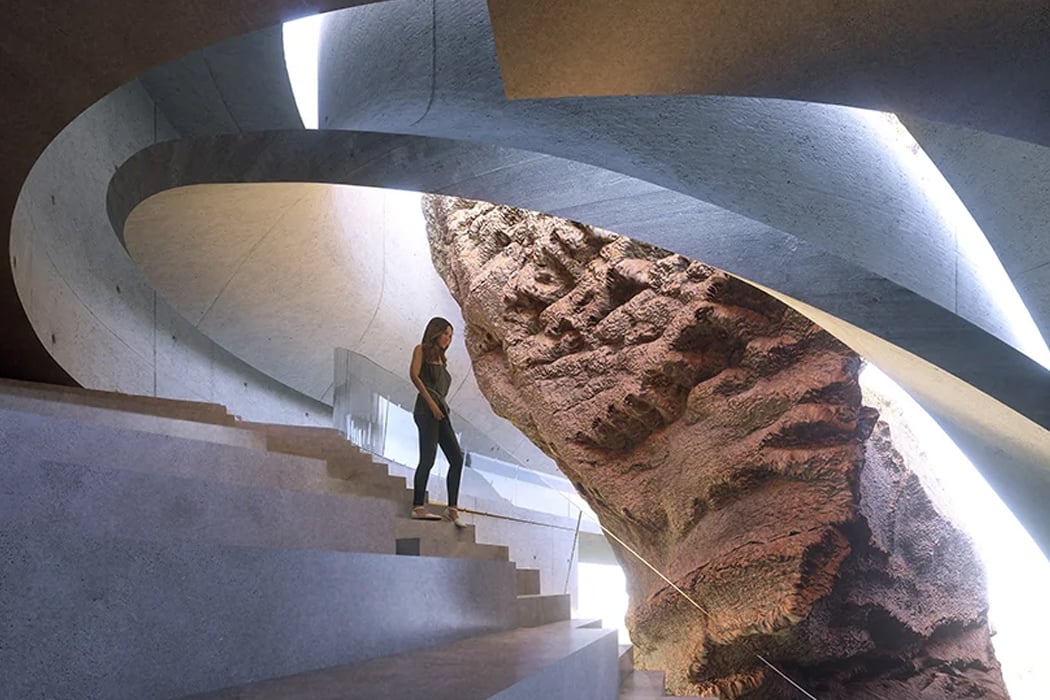
Another exceptional design by architect Amey Kandalgaonkar, this design titles ‘House in the desert’ imagines a shape carved out by the strong winds that relentlessly blow across the desert landscape. The design wraps around a natural rock formation, almost preserving the texture of the original formation. Almost embracing the rock, the design plays with the juxtaposition of the old against the new and how we see a future where they both could coexist in peace.
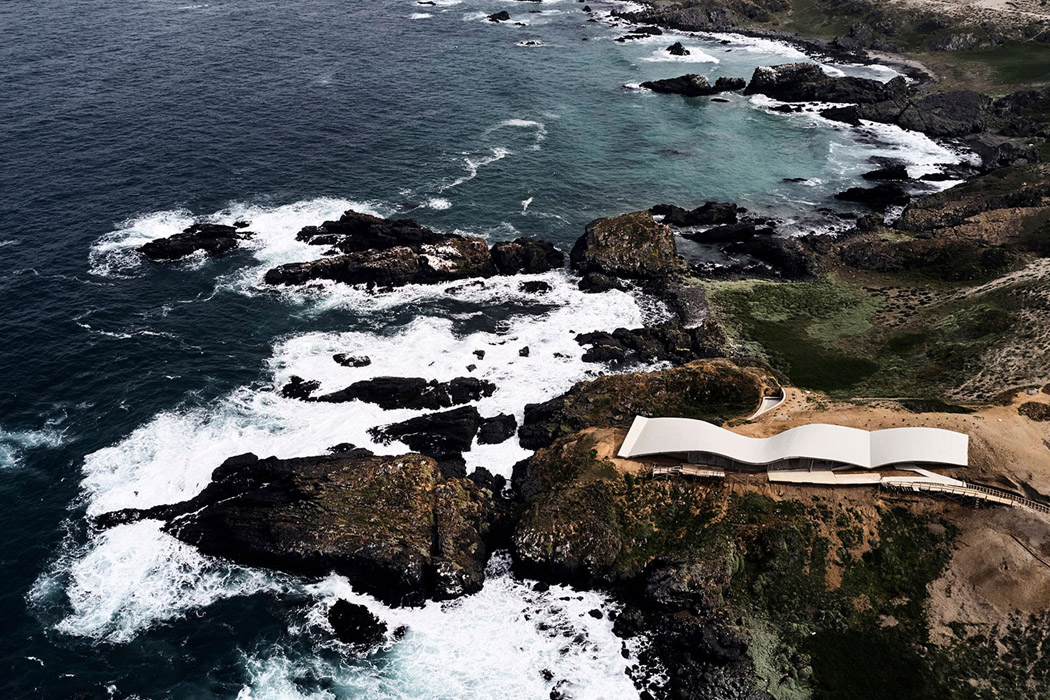
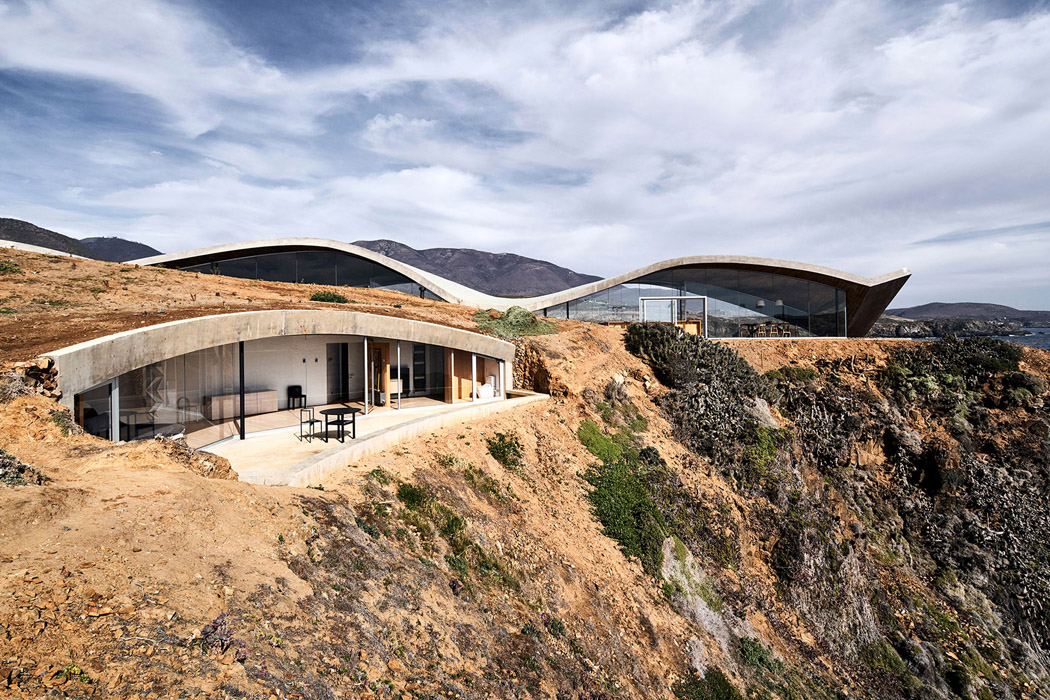
The House in Los Vilos is a beautiful weekend retreat in Chile. Created by Ryue Nishizawa, the impressive structure facing the Pacific Ocean showcases a wavy concrete roof. The unique roof was inspired by the natural contours of the land, it’s a delightful imitation of the rocky landscape that follows throughout the area. The descending roof also divides the interiors of the home into various sections, completely eradicating the need for walls within the home. The expansive roof is held up by translucent walls, and steel columns. The beautiful concrete structure provides mesmerizing views of the ocean and the surrounding terrain.
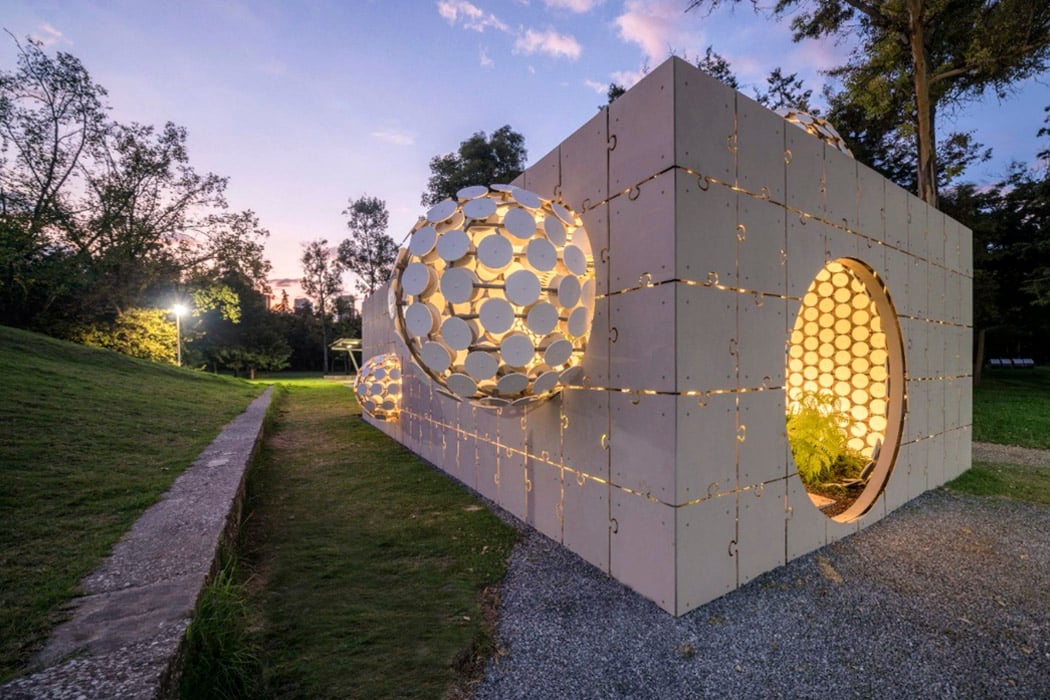
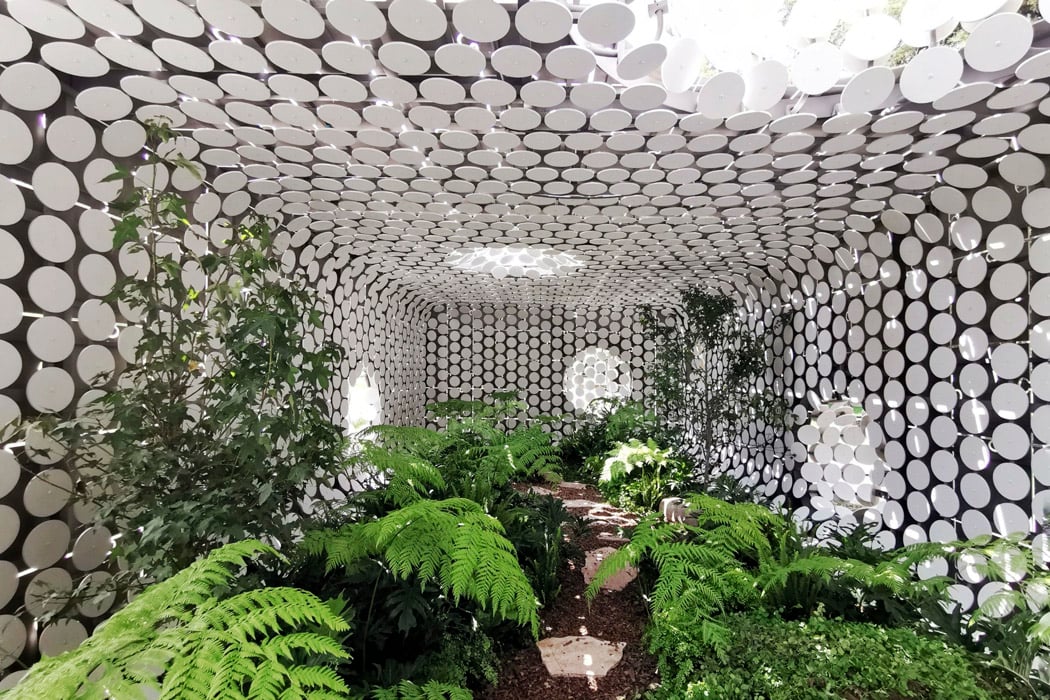
Architect Gerardo Broissin designed an intriguing pavilion that sits on the lawn at the contemporary art museum Museo Tamayo in Mexico City. The structure looks like it’s right out of another dimension, but it functions as a greenhouse of sorts! The pavilion has been created using concrete panels that come together like a puzzle. Named Egaligilo or equalizer in English, the puzzle-inspired panels of the pavilion are spread out across a steel frame, with bubble-like circles protruding from them.
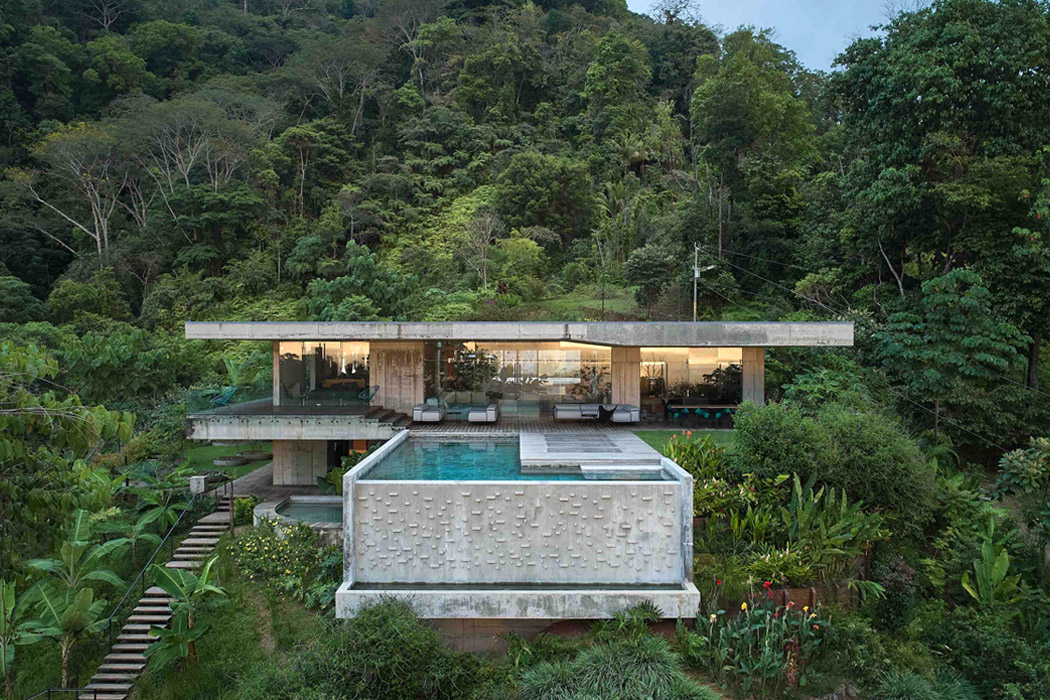
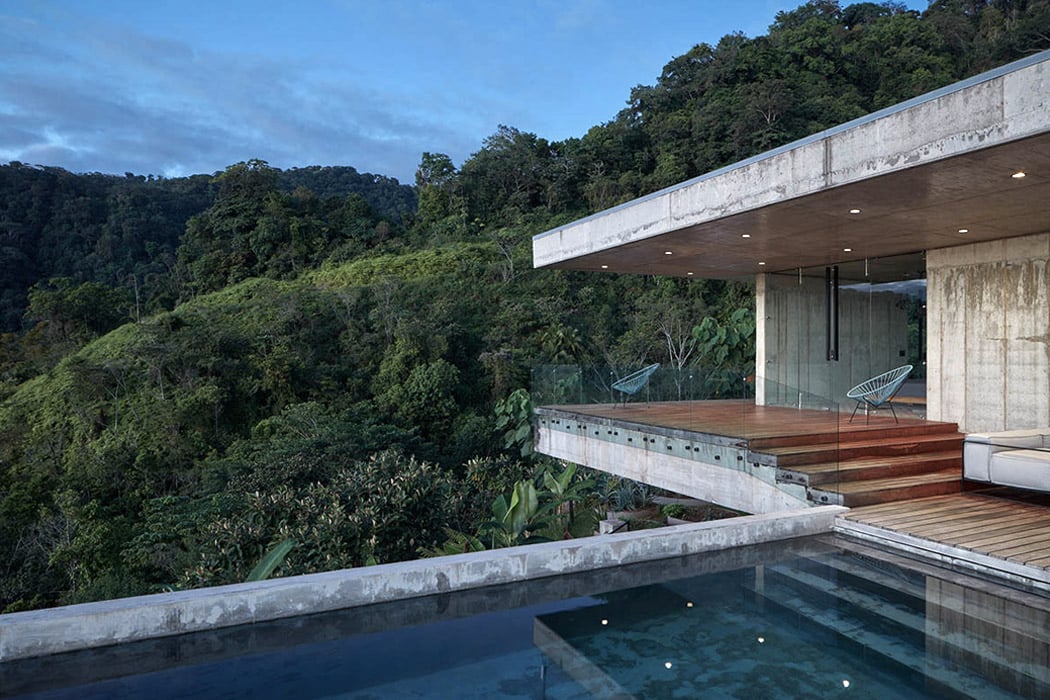
Czech studios Formafatal and Refuel Works designed the Art Villa, a concrete villa nestled into the jungle in Costa Rica. The villa is a part of a community of resorts that include rentable houses – with each design being sustainable and comes with its own green roof and a multifunctional pavilion. “When designing the interiors, we found inspiration not only in the surrounding wild jungle but also in the work of the Brazilian architect Paulo Mendes da Rocha,” the Formafatal said.
![]()
![]()
Externally, the house presents itself as a raw concrete structure shaped like the simple house we have been drawing since our school days. A visual poetry of contrast, the concrete exterior, burnished stucco, and the douglas fir front door – together create a nature-inspired warm color palette that is reflected in the interior of the house as well. The interiors of the house feature an open-floor living room with an east-facing window that allows the early morning dappled sunlight to play on the floor. The theme established in the exterior of using natural colors is continued within the house, reflecting the harmony Casey wanted to feel within this home.

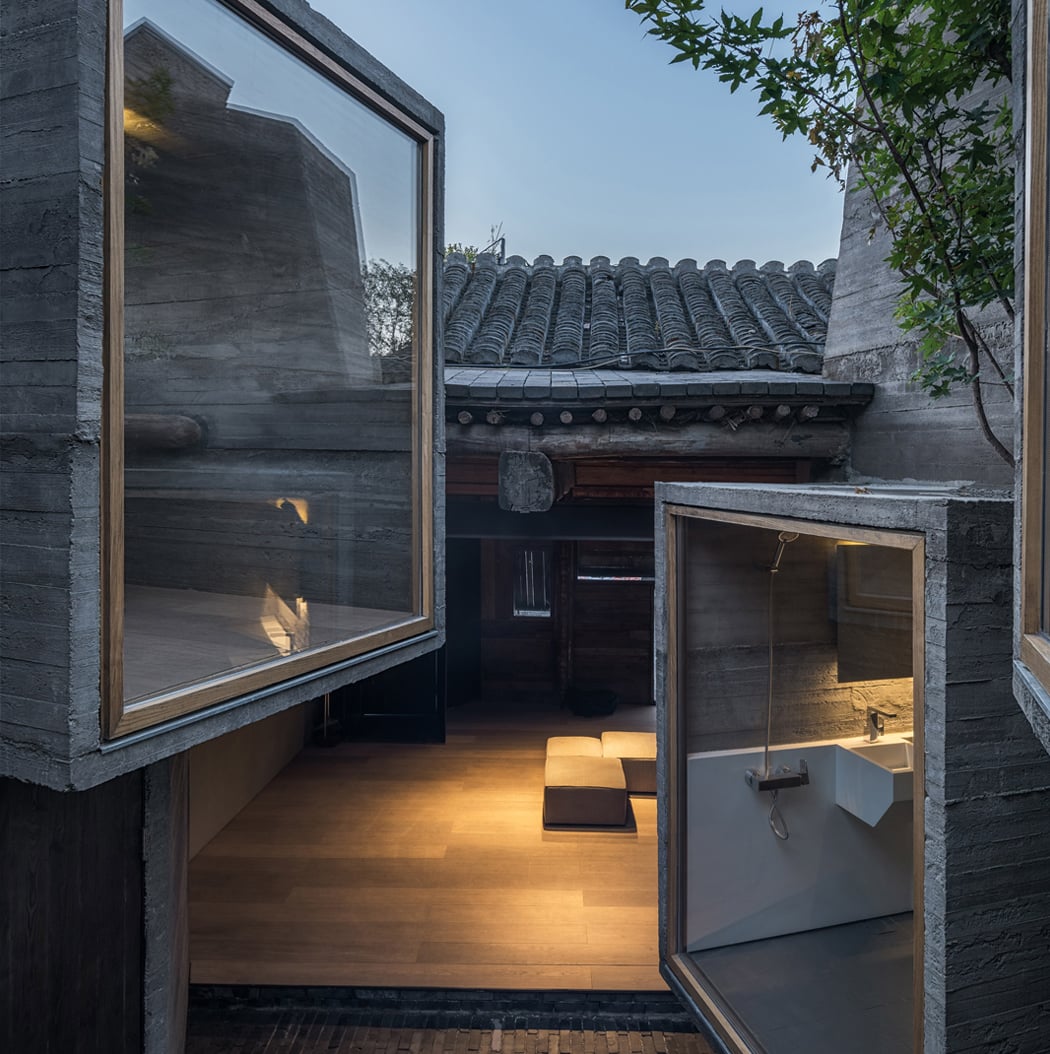
You can’t deny the charm that is ever-present in an old site. Chinese architect Zhang Ke came across such a site and converted it into a slotted hostel, featuring tiny rooms while maintaining the sanctity of the space. The aim of this project is to highlight the potential in these traditional courtyard neighborhoods that are gradually being demolished by modern architecture. “The goal of this project – a 30 square meter hostel – is to search for possibilities of creating ultra-small scale social housing within the limitations of super-tight traditional hutong of Beijing” they explained.



